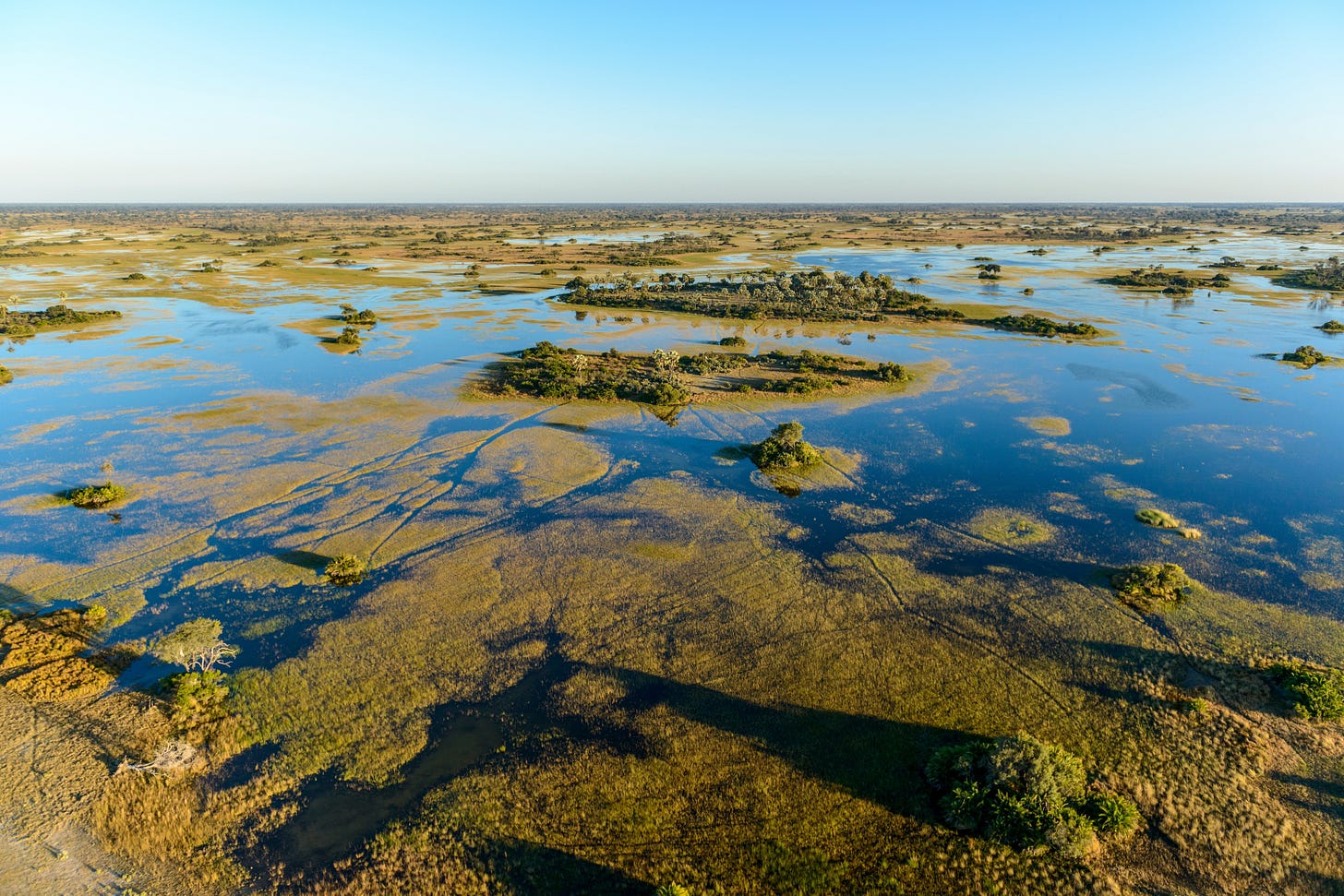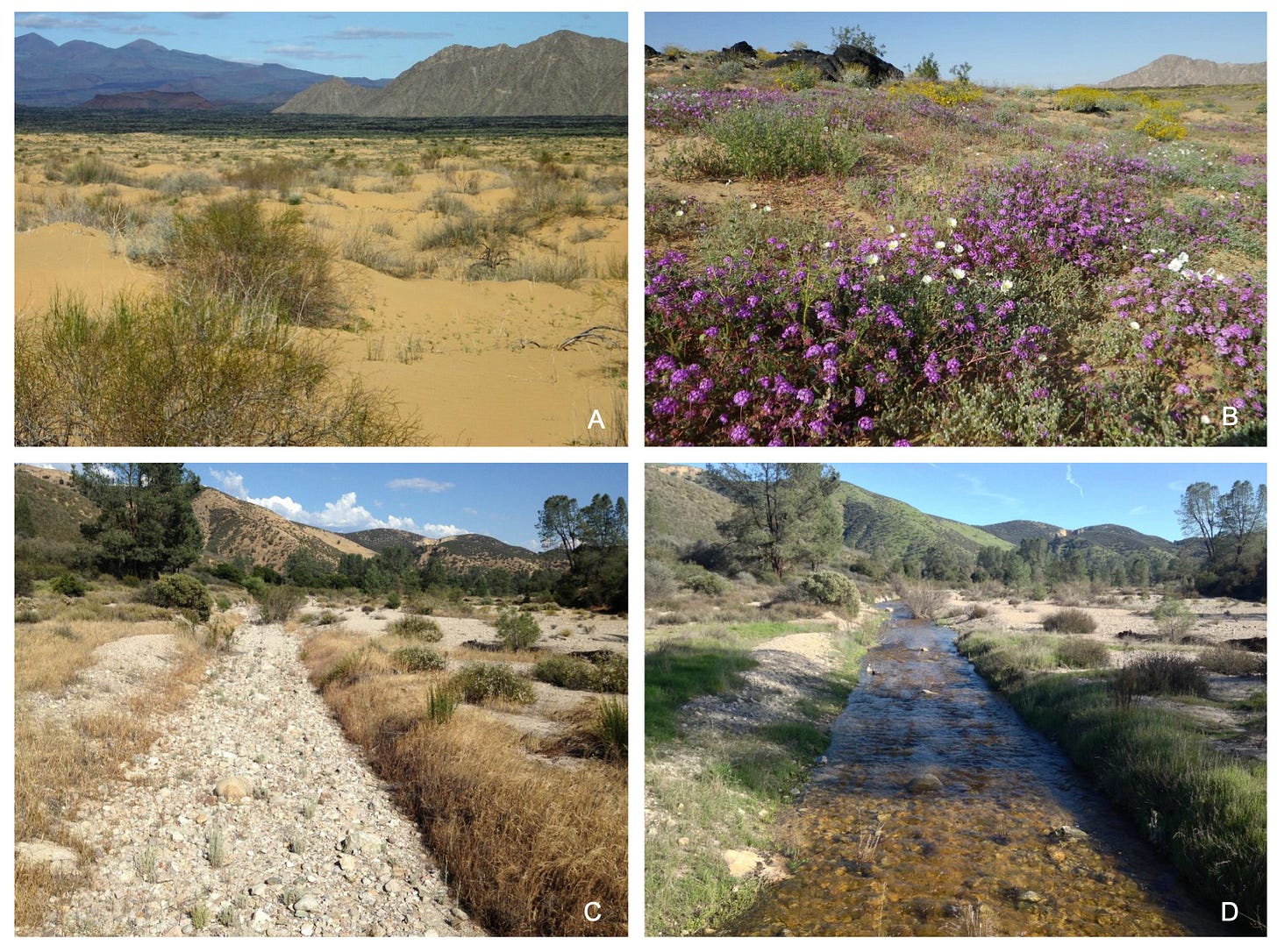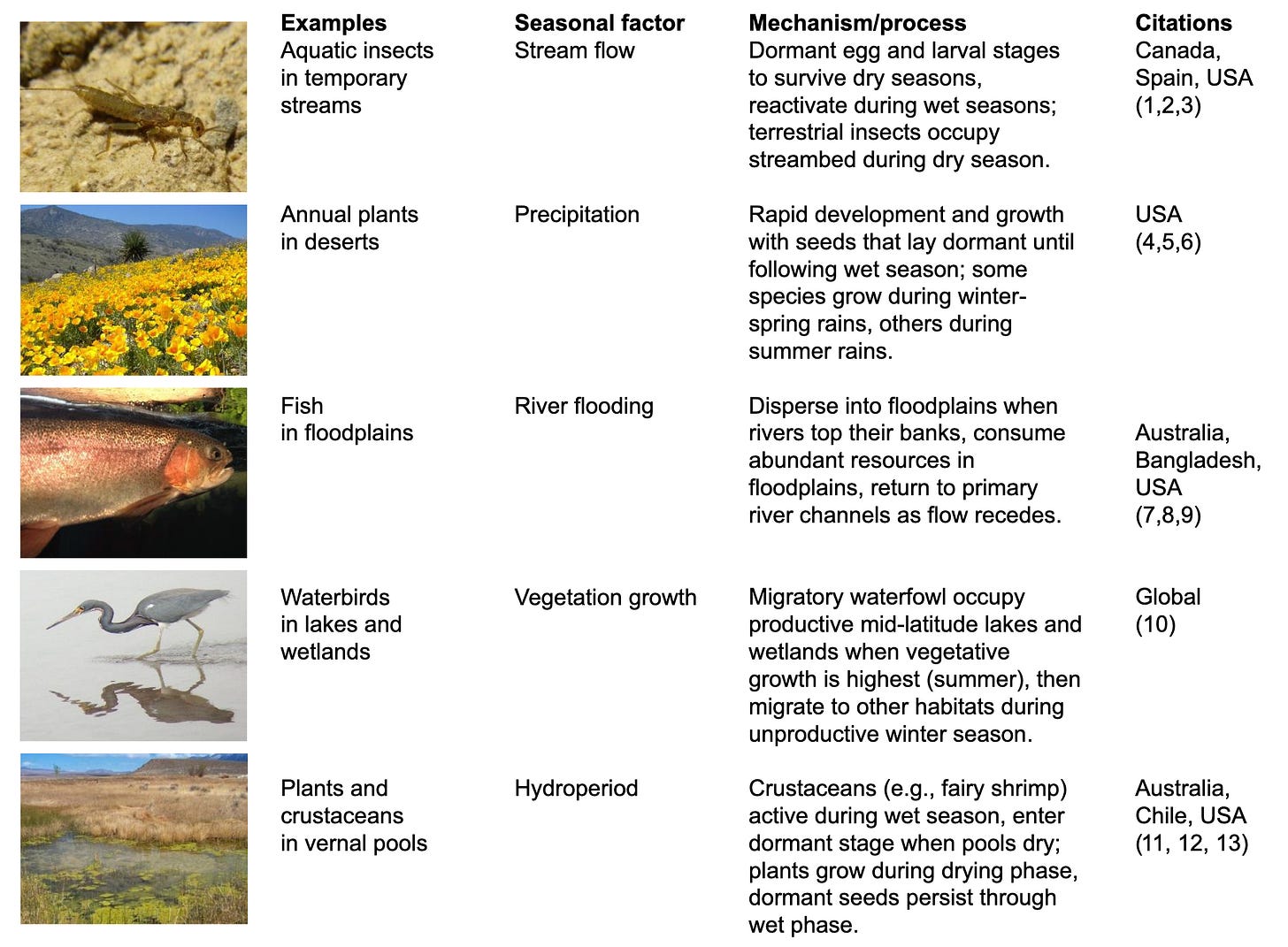The hidden cascade: how shifting seasons may rewire Earth's ecosystems
A deep dive follow-up to our recent post on the ecological consequences of seasonality change.

Have you felt the changing seasons? Have you noticed when the monsoon rains hit or the snow melts, when the leaves drop or the waterfowl leave? More importantly to you perhaps, have your crops failed because of an unseasonal event? Has an early snowfall affected the school term? All of these are things we're increasingly dealing with as climate change progresses.
Yes, if you think autumn and spring seem different now compared to how they used to be, you're probably right.
But it's not just us that’s impacted — it's biodiversity. And when biodiversity changes, so do many of the things we rely on. The cereal crops, the salmon runs, the grapes (please don’t let it be the Syrah grape!).
It's cliche, I know, but it really is all connected. Earth's rhythms dictate life on Earth from microbes to humans. Ecosystems very much walk to the beat of seasonal rhythms. And it's no surprise that our lives are fundamentally intertwined with these rhythms.
As I mentioned in last week's Nexus Notes, communal life is shaped by the shared timing of human and environmental events.
“When we sow crops, harvest, burn land, celebrate, set school terms, or even fix infrastructure is dictated by the timing of seasonal events — these risk falling out of sync.”

And, so, it's imperative we understand what the consequences of changing seasonality are.

Last week, we summarised the findings of our recent review paper in Science on the ecological consequences of changing seasonality. We found mounting evidence of the widespread ecological consequences of Earth’s changing rhythms due to climate change and other human impacts.
Where last week offered the high-level summary, this week I take you deeper into the mechanisms and implications, with more nuance.
Below, I walk through the three main figures from the paper — unpacking the mechanisms, consequences, and real-world examples of changing seasonality. I reveal the two critical pathways of impact at the heart of our findings.
Here’s what most people miss: we’ve probably underestimated the consequences of changing seasonality because the effects can cascade from one thing to another — amplifying from individuals through to whole ecosystems.
The three figures I analyse below show how even a seemingly small shift in seasonality, like early snowmelt, can trigger cascading impacts from individual organisms all the way up to ecosystem-scale functions like carbon storage and water cycling. These connections have never been mapped out this clearly before. Understanding them is critical for predicting which systems are at risk of failing without intervention.
Keep reading with a 7-day free trial
Subscribe to Predirections to keep reading this post and get 7 days of free access to the full post archives.




